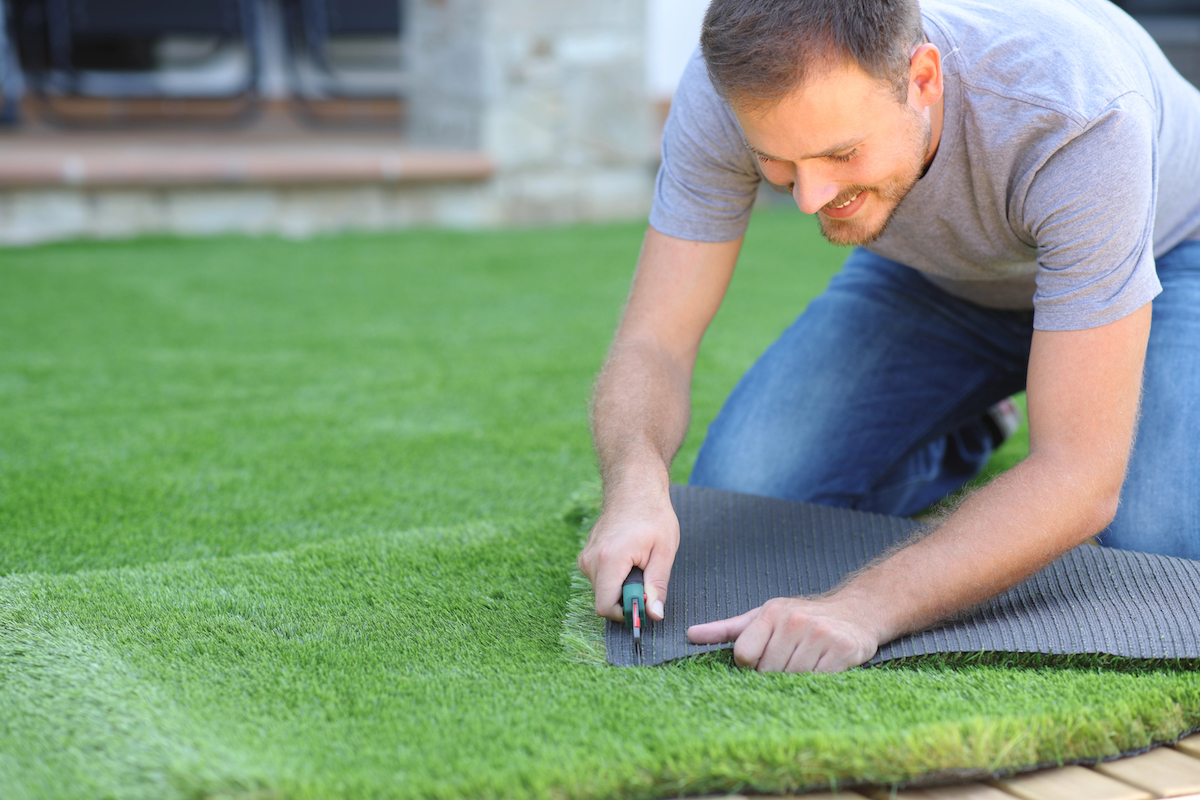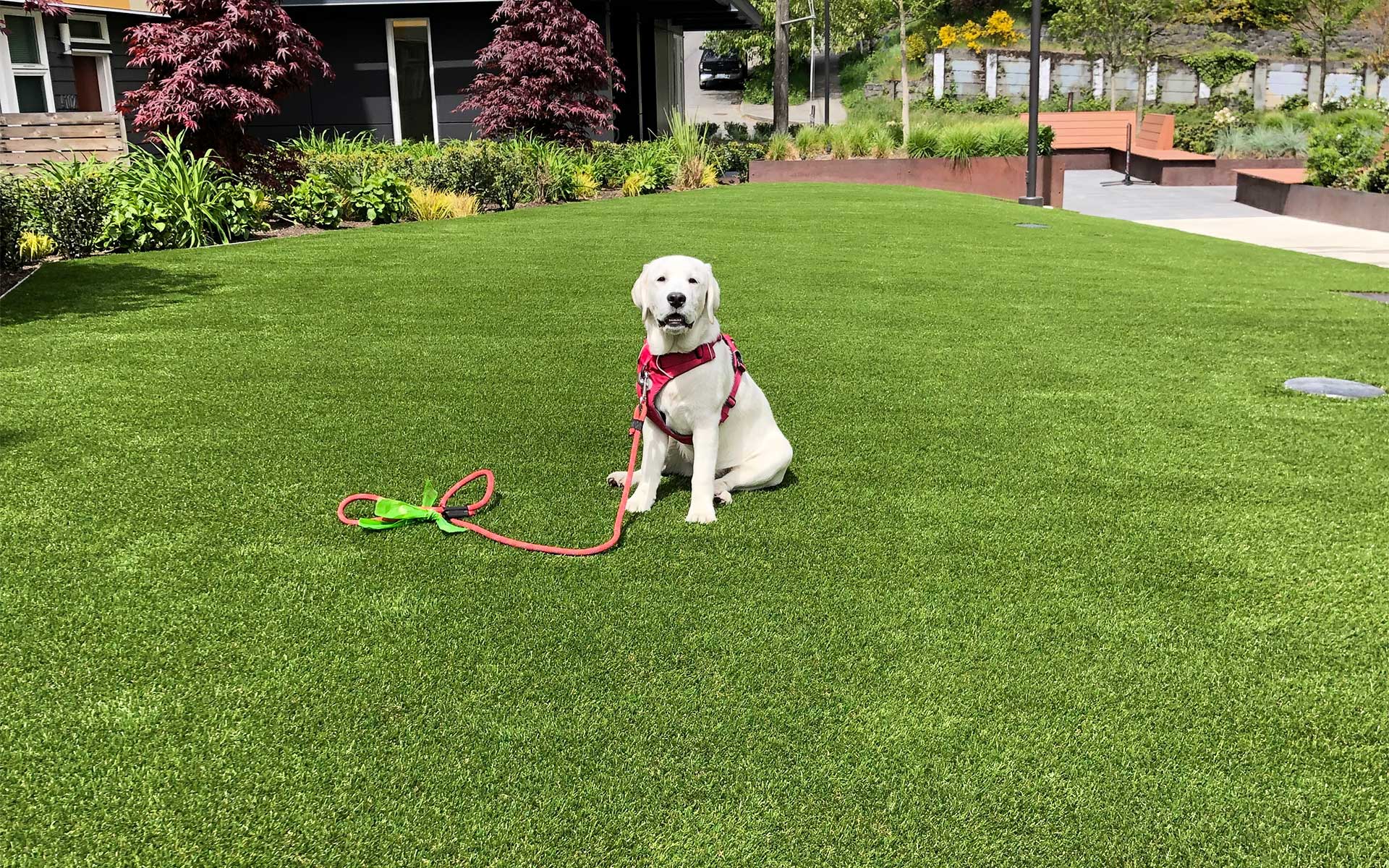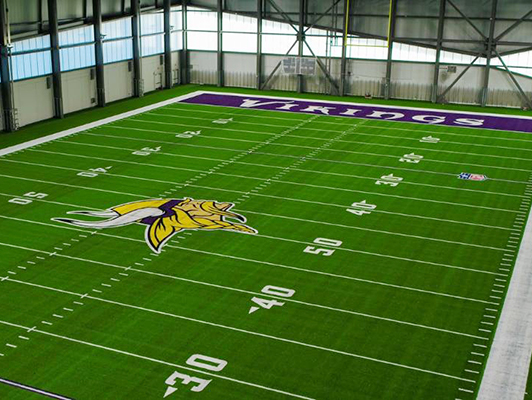Delve Into the Environmental Benefits of Opting for Synthetic Grass Solutions
The adoption of man-made lawn services offers an engaging opportunity to deal with pressing ecological challenges. By considerably minimizing water use and minimizing the application of unsafe chemicals, these alternatives not only promote sustainable landscaping yet additionally protect local communities.
Water Preservation Conveniences
One of the most substantial benefits of synthetic lawn is its capability to conserve water. In comparison, man-made turf does not require watering, considerably lowering the overall demand for water sources.
By removing the demand for regular watering, synthetic grass adds to lasting landscape practices and aids mitigate the ecological impact of excessive water usage. The preservation of water extends to the reduction of overflow, which can lead to soil disintegration and river pollution.
Furthermore, the installment of artificial turf permits municipalities and homeowners to allocate water sources extra efficiently, concentrating on necessary usages such as alcohol consumption water and farming. The change in the direction of man-made turf not only promotes responsible water use but also lines up with wider ecological objectives focused on preserving natural deposits.
As areas progressively prioritize sustainability, the water conservation benefits of man-made lawn offer an engaging instance for its fostering in business and household landscape design tasks.
Lowered Chemical Use
The shift to synthetic grass significantly reduces the reliance on chemical treatments generally used in all-natural lawn maintenance. Conventional turf management normally includes the application of plant foods, pesticides, and herbicides to promote development and control parasites. These chemicals can present dangers to human health and wellness, local wildlife, and the environment, adding to soil and water contamination.
In contrast, artificial grass gets rid of the demand for these unsafe compounds. Once installed, it calls for minimal maintenance, mostly containing regular cleaning and irregular infill replenishment. This decrease in chemical usage not just benefits the instant environment yet likewise adds to wider ecological security. By minimizing the launch of artificial compounds right into the environment, synthetic grass promotes healthier dirt and water systems.
Additionally, the absence of chemical drainage associated with synthetic grass installments assists shield local rivers from pollution, sustaining aquatic life and preserving biodiversity. Arizona turf. As communities progressively prioritize lasting techniques, going with synthetic grass presents a sensible service that lines up with ecological preservation objectives. With this shift, building owners can delight in rich environment-friendly spaces without jeopardizing environmental health and wellness, leading the way for a much more lasting future
Reduced Carbon Impact

Moreover, the installment of artificial turf can result in considerable water preservation. All-natural grass call for considerable amounts of water for irrigation, which not just includes to the carbon impact related to water extraction and treatment however likewise stress neighborhood water sources. In contrast, synthetic grass needs minimal maintenance, calling for no watering, therefore considerably minimizing water usage and its connected energy expenses.
Additionally, the longevity of fabricated lawn adds to its lower carbon influence. With a life expectancy of up to 15 years or more, the demand for regular substitutes is reduced, resulting dig this in less waste and reduced power usage in production and getting rid of standard lawn options. On the whole, synthetic turf offers a lasting choice for ecologically mindful landscaping.
Habitat Conservation
Habitat preservation is a critical consideration in the dispute over landscape design selections, especially when comparing artificial turf to all-natural yard. Natural grass yards usually need substantial maintenance, consisting of making use of plant foods, pesticides, and herbicides, which can adversely affect local ecosystems. These chemicals can leach into the soil and rivers, harming indigenous vegetation and animals and disrupting regional habitats.
Fabricated lawn eliminates the requirement for unsafe chemicals, thereby protecting nearby wildlife and preserving the stability of surrounding environments. The setup of fabricated turf can lead to the conversion of previous yard locations right into even more biodiverse landscapes, such as pollinator yards or indigenous plant areas, which can support local wild animals.
Ultimately, the shift to synthetic turf not only preserves water and minimizes maintenance efforts but also cultivates a more harmonious relationship in between human activities and the native environment, promoting habitat conservation while doing so.
Long-Term Sustainability
Long-lasting sustainability is a critical factor in reviewing the benefits of synthetic turf over typical yard yards. One of one of the most considerable benefits of synthetic lawn is its toughness; it can last up to 15-20 years with minimal upkeep, whereas all-natural lawn calls for regular reseeding and replacement. This long life minimizes the requirement for continuous resources, such as water, plant foods, and pesticides, which are vital for maintaining a healthy yard yard.
In addition, synthetic grass adds to a decrease in carbon emissions associated with lawn treatment equipment. Conventional yards frequently call for gas-powered lawn mowers, leaners, and blowers, every one of which add to air pollution. browse this site Arizona turf. In contrast, man-made lawn gets rid of the requirement for such tools, advertising a cleaner environment
Additionally, the manufacturing of synthetic grass increasingly uses recycled materials, boosting its sustainability account. As manufacturers adopt environment-friendly techniques, the ecological impact of man-made lawn continues to decrease.

Conclusion
The fostering of fabricated grass remedies offers substantial ecological benefits, including considerable water conservation, decreased reliance on dangerous chemicals, and a lower carbon footprint. Additionally, synthetic grass aids in preserving natural habitats by minimizing land disruption and advertising long-lasting sustainability via using long lasting materials. Collectively, these variables highlight the potential of synthetic grass to add favorably to environmental health and provide a sensible alternative to typical landscape design techniques in an increasingly resource-conscious globe.
In comparison, fabricated lawn does not need watering, considerably minimizing the general need for water sources. By lessening the release of synthetic compounds into the community, artificial lawn promotes healthier soil and water systems.
Furthermore, the installment of artificial lawn can result more information in significant water conservation. In contrast, fabricated lawn needs minimal maintenance, calling for no watering, consequently dramatically minimizing water use and its linked power prices.
